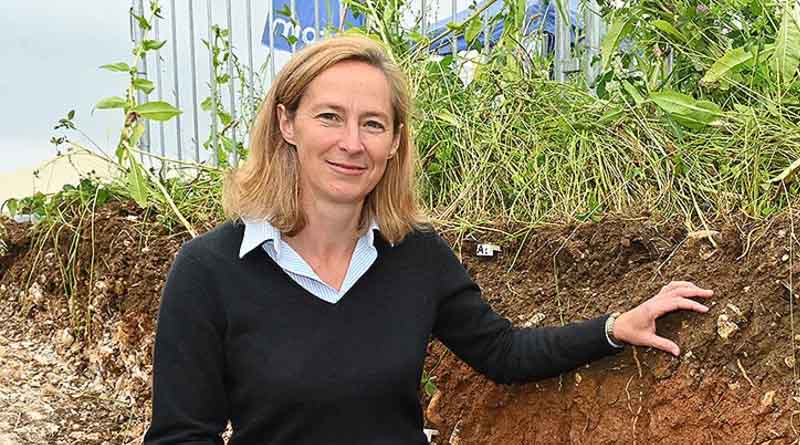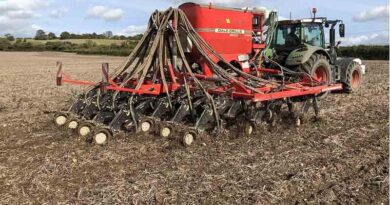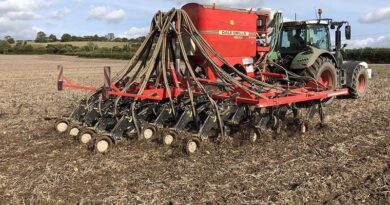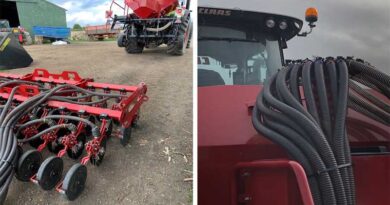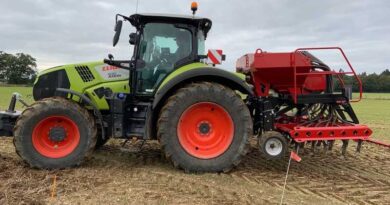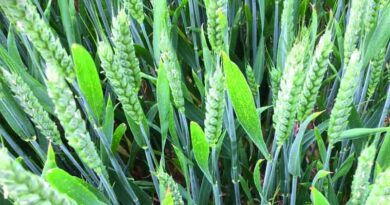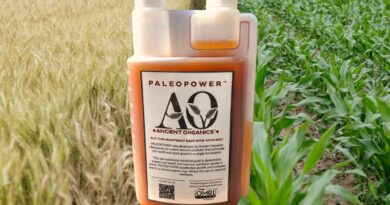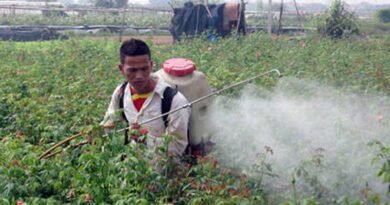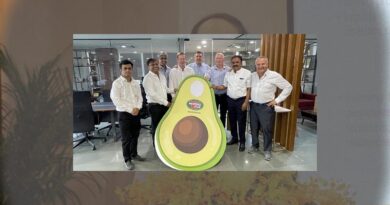Direct move to sustainable farming systems
27 June 2023, US: Arable farmers can improve the health of their soils, finances and overall farm resilience with a move to direct drill systems, according to results of the UK’s most comprehensive trial of crop establishment systems through a whole farm rotation.
Full five-year results of the Syngenta Conservation Agriculture & Sustainable Farming Systems project have revealed an average 15% increase in net profit across the farms under a direct drill system, compared to full cultivation establishment, primarily with plough and drill. At the same time, all the indicators for ecological and environmental enhancement were more positive with the direct drill system.
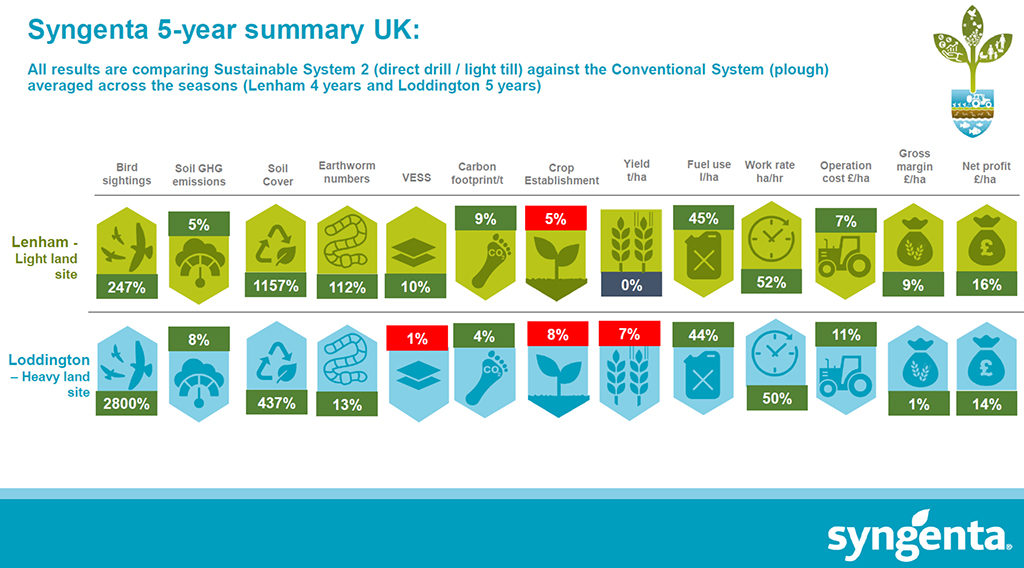
The research, led by Syngenta and the Game & Wildlife Conservation Trust (GWCT), supported by NIAB monitoring and data analysis, studied impacts through a full arable rotation on contrasting commercial farms at Loddington in Leicestershire and Lenham in Kent. The farms represented the spectrum of heavy to light land respectively.
Groundswell results presentation
Presenting the results at Groundswell this week (28-29 June 2023), Belinda Bailey, Syngenta UK Sustainable Farming Manager (above), highlighted the study can give growers a rigorous scientific insight of the implications of adopting a direct drill establishment system.
“We set out with no pre-conceived illusions as to which system would prove most effective, or a panacea for all situations’” she said.
“To delve into the detail of the data, it has highlighted some of the potential pitfalls and the seasonal challenges across the different soil types and volatile market conditions.
“Overall, it has shown that adopting a no-till system can offer a more sustainable option for arable businesses in most situations.”
The results identified that, over the five-year rotation integrating cereals, beans and oilseed rape, yields with the direct drill system were the same as with full cultivation establishment on the light land, although 7% lower on heavier soils in Leicestershire.
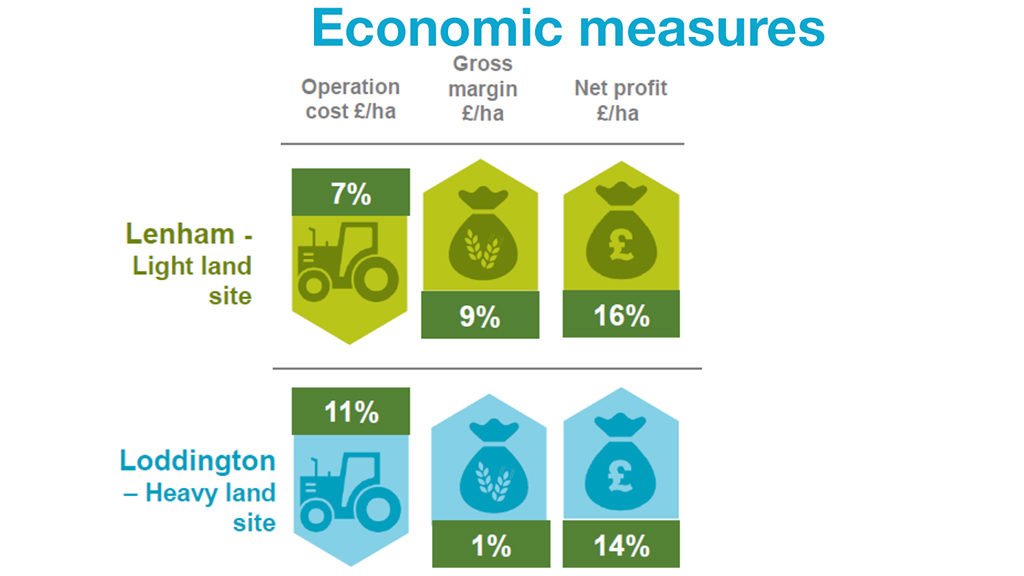
However, with a 45% reduction per hectare in fuel use on both sites, combined with an 11% reduction in operating costs on heavy land and 7% lower on light land, the overall gross margin was better with the direct drill, giving a 14% and 16% improvement in net profit on the heavy and light land respectively over the five years.
Work rate increased
“What was also particularly striking for both systems was at least 50% improvement in work rate per hectare with the direct drill establishment,” pointed out Belinda. “That could give greater flexibility and resilience to increasing challenges of timely establishment in difficult weather conditions.”
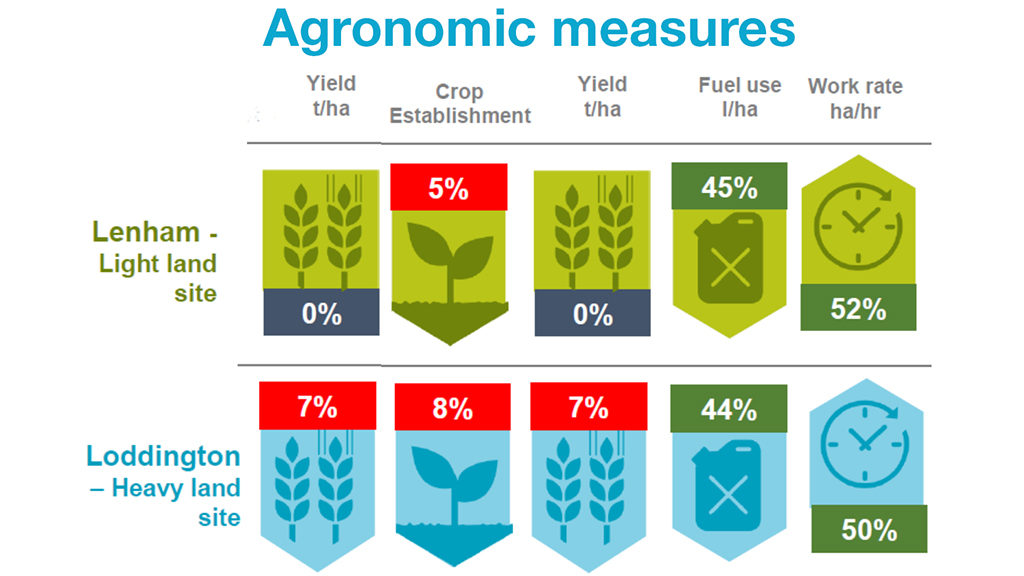
Improved work rate could also give some growers the opportunity to increase farmed area and spread costs further, or with the current high capital cost of machinery to explore opportunities to downsize their equipment and reduce soil impacts, she suggested.
The reduction in fuel use and operational costs by adopting a direct drill system was a key driver in achieving a 9% reduction in carbon footprint through the reduced cultivations alone on the light land soils, along with a 4% reduction on heavy land, according to researchers’ calculations.
Soil scientists also assessed an 8% reduction in soil greenhouse gas emissions on the heavy land and 5% reduction on light land, compared to crops established with full cultivations.
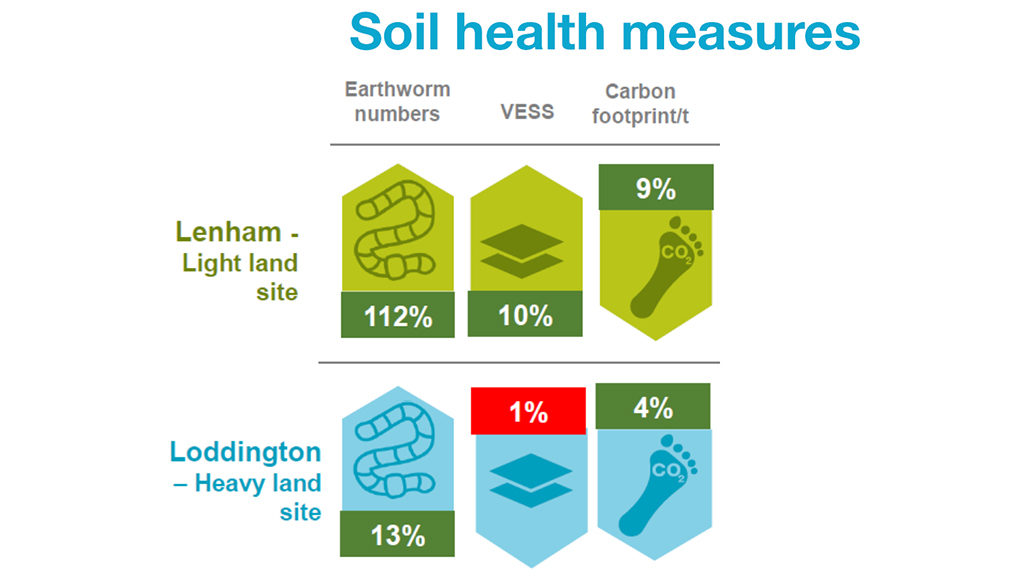
Importantly, the study has shown there was no increase in the soil emissions of nitrous oxide (NO2) under the direct drill establishment, which had been a concern when compacted soil conditions can give rise to elevated levels of one of the serious greenhouse gases.
Soil structure improved
Furthermore, results of the VESS score, as a measure of soil structure, remained excellent throughout the direct drill establishment rotation, with a 10% improvement on the light land, compared to repeated cultivations and no significant impact on the heavy land over the course of the five years.
“Elevated organic matter levels seen with direct drill establishment over a longer term trial at Loddington, or where rotational ploughing may be utilised for grass weed control within a direct drill system, for example, could alleviate any potential for compaction on heavy land” she pointed out.
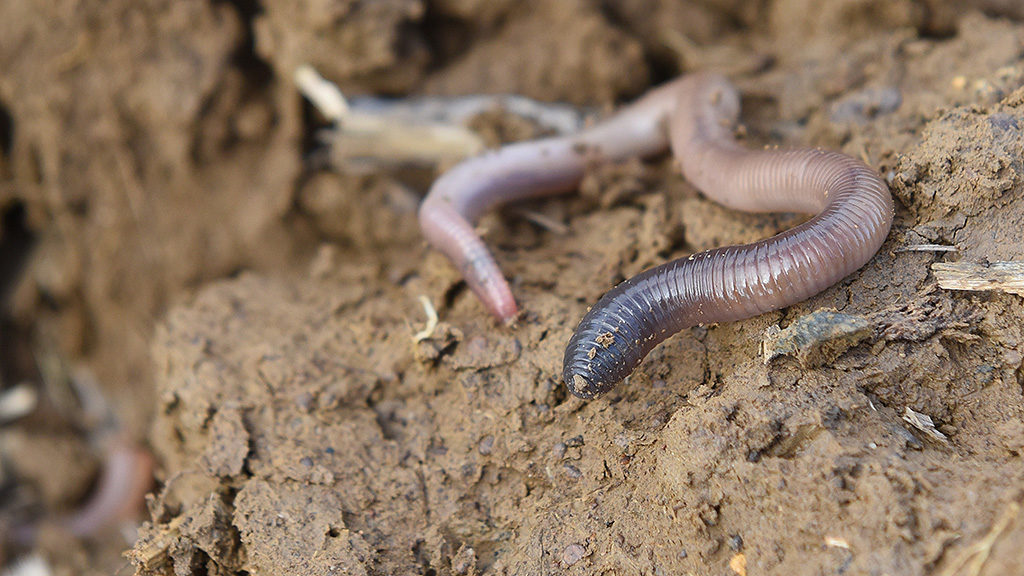
The results also identified 112% more earthworms on light land and 13% in the heavy soils under the direct drill system, compared to the soil disruption of full cultivation establishment.
Active soil health
Studies of soil health have shown greater stability in micro-flora and micro-fauna activity, indicative of better biodynamic balance for organic matter and nutrient utilisation. Soil nutrient sampling showed no significant differences between the establishment systems for N, P, K or magnesium on either site over the five years, but did highlight some seasonal variability, particularly with N and P levels.
Bird sightings across the trials area through the rotation identified significantly higher numbers on the direct drilled areas, compared to following cultivation establishment; this is a further indicator of farm biodiversity.
Bird recordings were notably elevated for skylarks, meadow pipit and thrush species in the period of the study, primarily due to increased ground cover and available surface food sources.

“Bird numbers are only a snapshot of the biodiversity health of the farmed area, but is a clear indicator of their preference for feeding and habitat created by direct drill establishment. As a part of the whole ecological management of the farm, which is such a major priority of current economic support measures, direct drill establishment offer significant advantages,” Belinda added.
“The results positively demonstrate that as more growers make a transition towards direct drill or light till establishment systems there are clear advantages for the economic and ecological sustainability of the farm finances and biodiversity.”
Farmers viewpoint
Joe Stanley of the GWCT Allerton Project, site of the trials in Leicestershire, added: “we have been delighted to work alongside Syngenta on this long-term research project. These findings underscore the immense potential of Conservation Agriculture, and consequently Regenerative Agriculture.
“By making adaptations to establishment techniques, while keeping other inputs constant, we can achieve substantial cost savings in both time and money. Simultaneously, it can enhance profitability, contribute to environmental stewardship, and mitigate climate change.”
Joe emphasised the advantages in the direct drill system in aligning with integrated farm management practices, agri-environment schemes, and the requirements of the Sustainable Farming Incentive (SFI) under the Environmental Land Management scheme (ELM).

“We are pleased to be continuing this work with Syngenta as we progress to a second, more ‘regenerative’ phase over the coming years, as we look to build on the solid data and foundations already built.”
The Syngenta Conservation Agriculture & Sustainable Farming Systems project is a long-term pan-European research initiative, in collaboration with partners including the GWCT, NIAB, and the European Conservation Agriculture Federation (ECAF).
Also Read: Small dairy farmers: The backbone of Indian dairy
(For Latest Agriculture News & Updates, follow Krishak Jagat on Google News)

